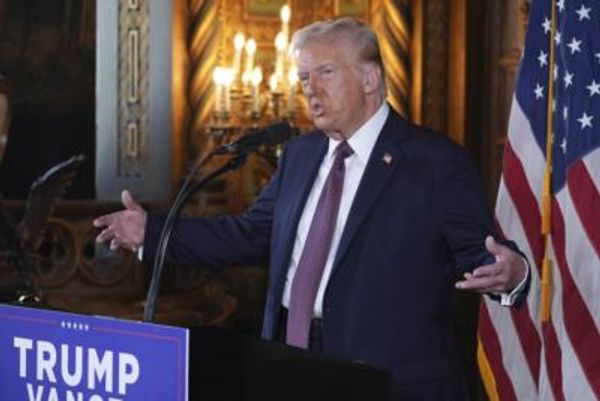
The Federal Reserve is set to hold its first interest rate meeting of the new year today, and experts anticipate that the central bank will likely maintain the current interest rates. Currently, interest rates stand at a 23-year high, following two years of consecutive increases aimed at strengthening the overall U.S. economy.
The decision to keep interest rates steady comes amidst a backdrop of positive economic indicators. Inflation has been gradually slowing down, and the job market has shown remarkable resilience. These factors have contributed to the Federal Reserve's confidence in maintaining stability within the financial system.
While there have been discussions regarding potential rate cuts in the future, officials have been cautious in their approach. The Federal Reserve aims to manage expectations and avoid any abrupt or substantial adjustments. Federal Reserve Governor, Christopher Waller, recently emphasized the need for a measured approach, stating that there is currently no urgent need to make rapid cuts as was seen in the past.
The Federal Reserve's decision-making process takes into account a multitude of factors, including economic growth, inflation targets, and global market conditions. Recent trade tensions between the United States and China, as well as geopolitical uncertainties, have also played a role in shaping their deliberations.
The U.S. economy has been robust over the past year, with strong job creation and steady GDP growth. Unemployment rates have remained relatively low, and consumer confidence has been buoyant. These positive economic conditions have given the Federal Reserve greater flexibility in pursuing monetary policies that prioritize stability and long-term growth.
The outcome of today's meeting will be closely watched by investors and market participants, as any signal of a potential rate cut in the near future could impact financial markets. However, Federal Reserve officials have consistently emphasized the importance of data-driven decision making and maintaining a cautious but vigilant monetary stance to preserve the economic progress achieved thus far.
Going forward, the Federal Reserve will continue to monitor economic trends and indicators, adjusting interest rates as necessary to steer the economy on a path of sustainable growth and price stability. Investors and businesses alike will be keenly observing any new policy developments from the central bank, as they shape their own strategies and plans for the months ahead.
In conclusion, the Federal Reserve's interest rate meeting today is expected to result in no immediate changes to the current rates. With a strong and resilient U.S. economy, coupled with a cautious approach to monetary policy, the central bank aims to provide stability while carefully navigating potential risks on the horizon.







